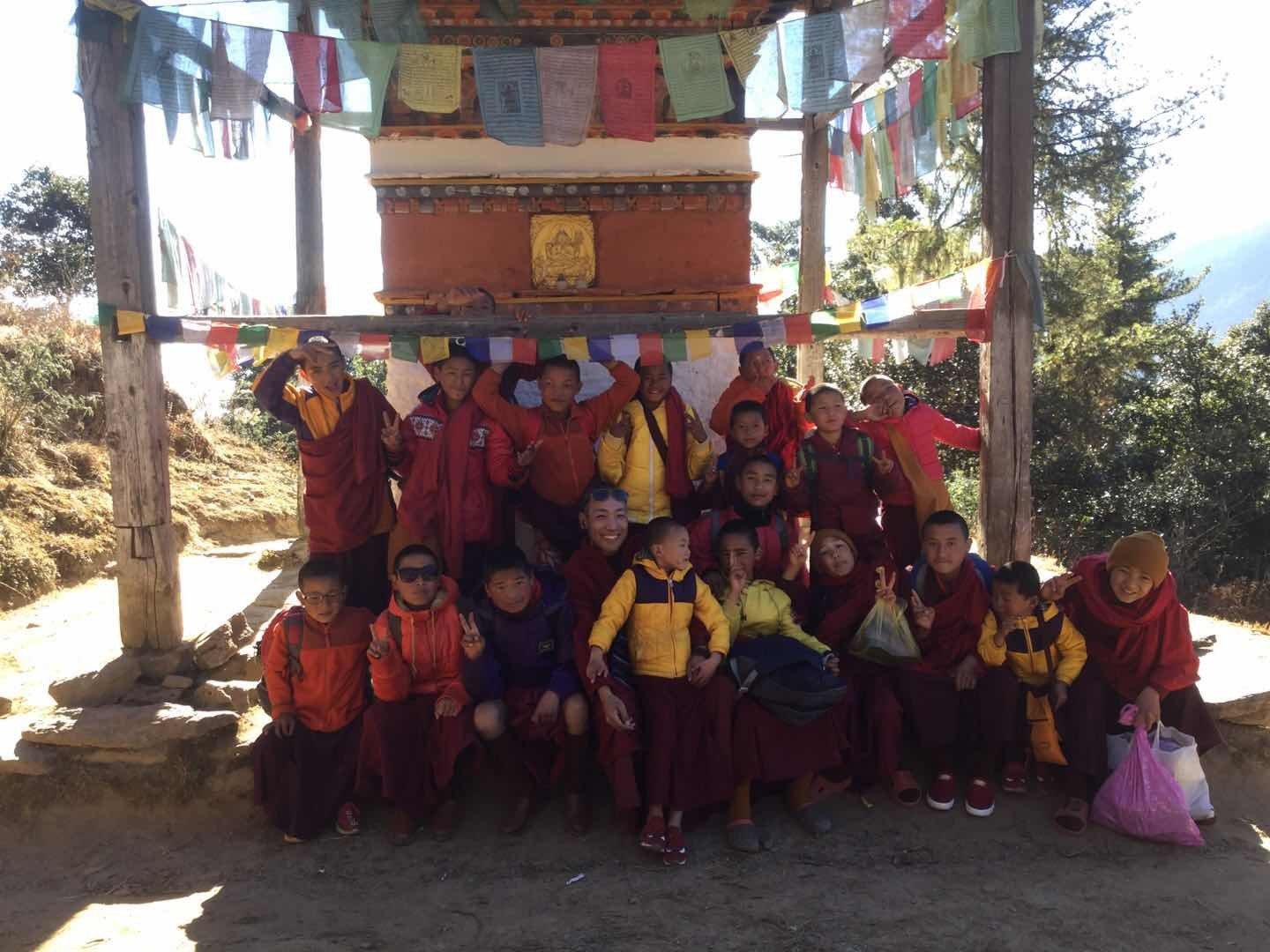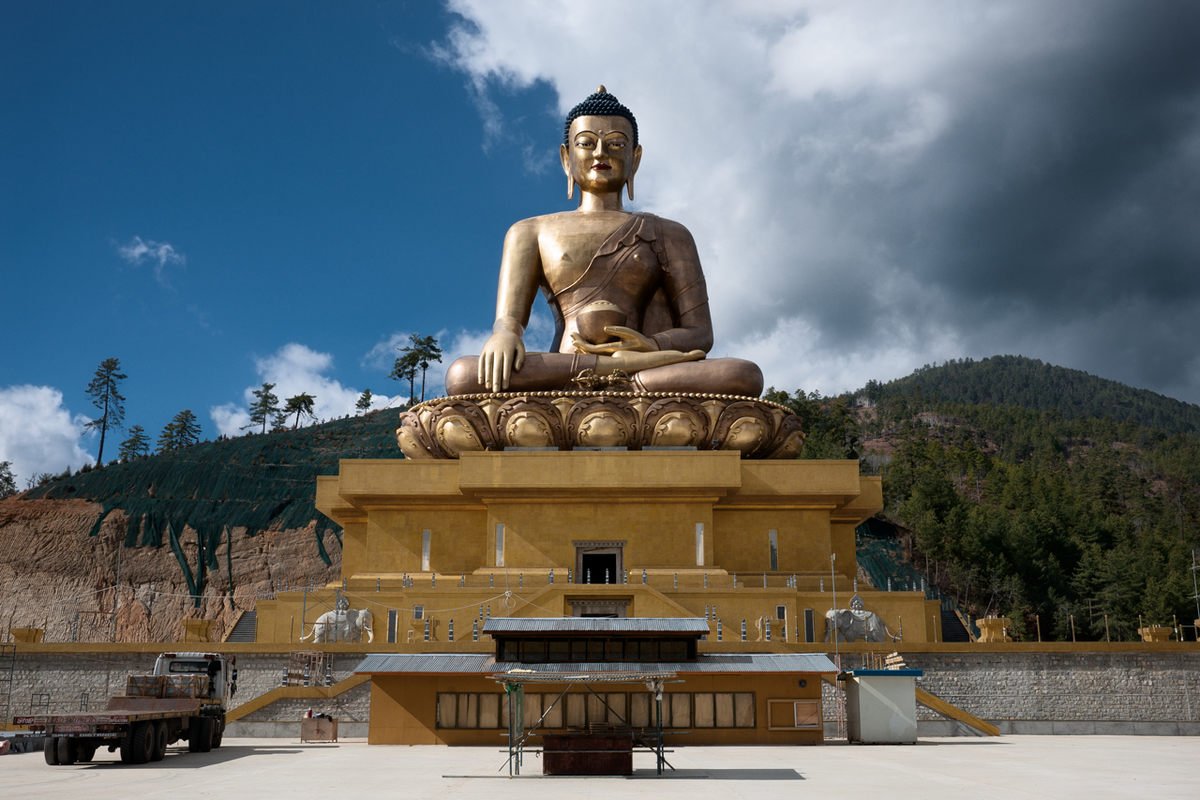Pemathang is one of the most popular Gewog in Samdrup Jongkhar in terms of paddy cultivation. It is a home for more than 2500 people who mainly feed on rice which is the staple food of the country.
The place is no wonder located at a height range of 600 to 1200 meters above the sea level, that is why the relief of the land provides a good prospect for the growth of agriculture, mainly paddy farming.
Almost 588.56 acres of the land in Pemathang consist of wetland therefore it is inevitable that the people are more into paddy farming than any other farming activities.
The month of July is best for them as said by one of the hardworking farmers, Dawa Tamang. He adds ” Most often than not, the first rain of July gives an indication us (farmers) that we should start plowing the field”. Most of the farmers are a low-income family and they make use of traditional Ox-drawn plow, on the other hand, if they are wealthy, they make use of modern power tillers and farm tractors.
Once the field is plowed, a sufficient amount of water is channeled into the field with the use of irrigation channels to make the field wet and muddy as required for cultivation. Furthermore, the field is prepared thoroughly to meet the standard of the paddy.
The paddy plant as shown in the picture below is collected from the place of its plantation and evenly distributed around the field so that it covers all the fields to be planted with paddy.
Once the field is fully prepared and the distribution of paddy plants are done. The next day, especially women who are paid on a daily basis come to work as a paddy planter, and at the end of the day the plantation completes. If the field is more than 3 hectares, it will require more than 20 planters to successfully complete the plantation in a day. Moreover, the requirement depends on the number of hectares.
The paddy farming mostly starts from the mid of June month when the rainwater is sufficient, and the rivers are swollen which provides a continuous supply of water to the field through irrigation channels, however, in some parts where water is scarce they start the cultivation by mid-July.
The month of July is advantageous a vacation month for the student where they come and join their parents, helping them in every aspect of fieldwork, which has benefited the farming families in the manifold. Moreover, besides helping their parents they also work for others and get to earn money to meet their school expenses. This has added to the importance of paddy farming in Pemathang besides the high rate of Khamti rice, from where people can earn a high income.
According to an annual report prepared by the Samdrup Jongkhar administration, Pemathang was ranked the topmost rice producer in Samdrup Jongkhar.
The most expensive rice which is produced in Pemathang is termed, “Khamti”. It is one of the top-quality rice. It has longer grains then most of the rice. It is mostly sold at the rate of 75 Bhutanese Ngultrum. That is why most people prefer to grow Khamti rice.
The type of farming is intensive with minimum use of fertilizers because people mostly believe that natural food is always better, even though the yield is little less than the one produced with the use of fertilizers.
Paddy farming has helped the people in Pemathang not only to sustain themselves but also to earn huge income. Therefore, it is safe to say that paddy farming is one of the most important activities carried out by the people of Pemathang in Samdrup Jongkhar.
Products that can be made out of hay-straw, after harvesting the paddy:
Handwoven round and flat mat: It is mostly used for sitting purpose, keeping it beneath our butt while taking a seat. It is warm and provides a cozy feeling beneath.


Used as a feed for cattle: The hay-straw when it harvested and dried, it is believed to be very nutritious and healthy for cattle, that is why people stock the straw and feed their cattle on a daily basis.

Used by farmers to grow mushroom: The hay-straw is used by farmers themselves to grow mushroom, besides they also sell it to a local businessman.

Content Contributed by Basu Dev Acharja

Other References:
https://kuenselonline.com/local-rice-scheme-to-continue-despite-poor-price/
http://www.sji.bt/assets/October-2015/Appendix-6-SRI-Pilot-Impact-Area.pdf









